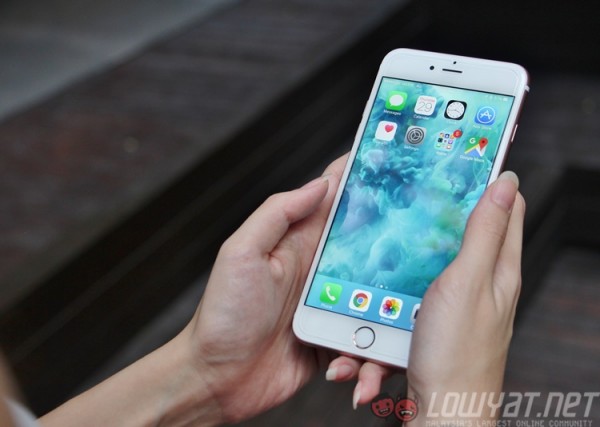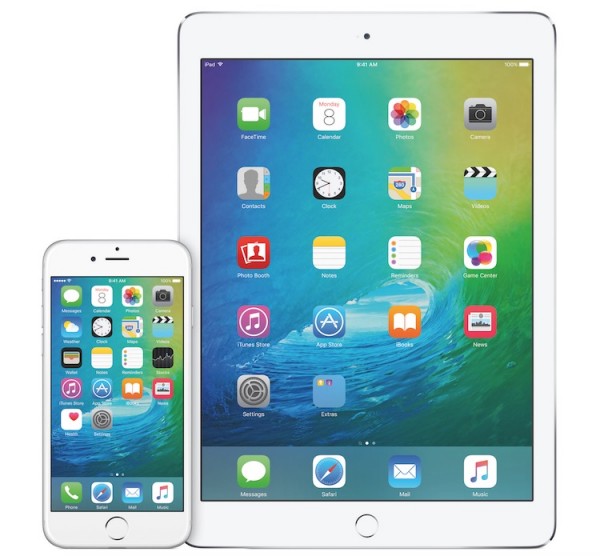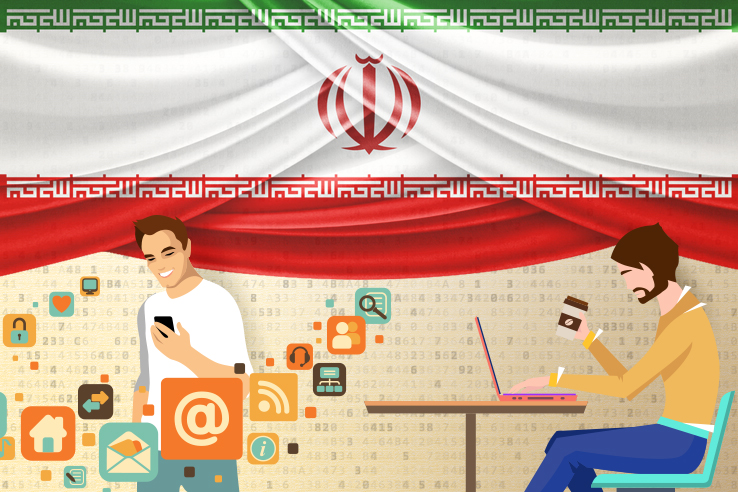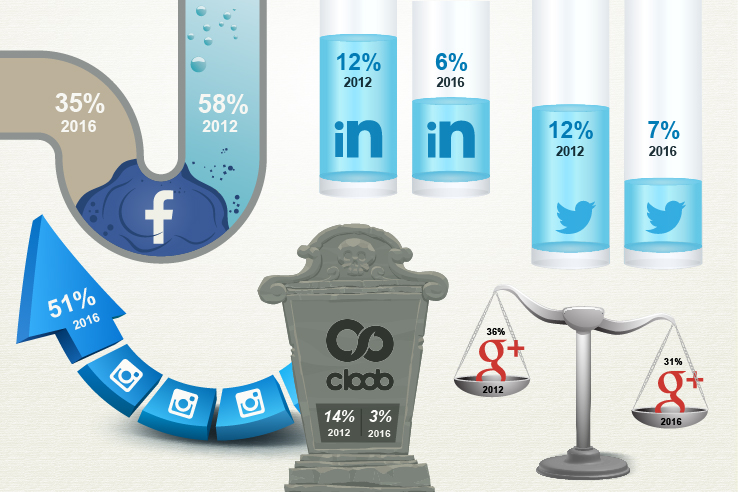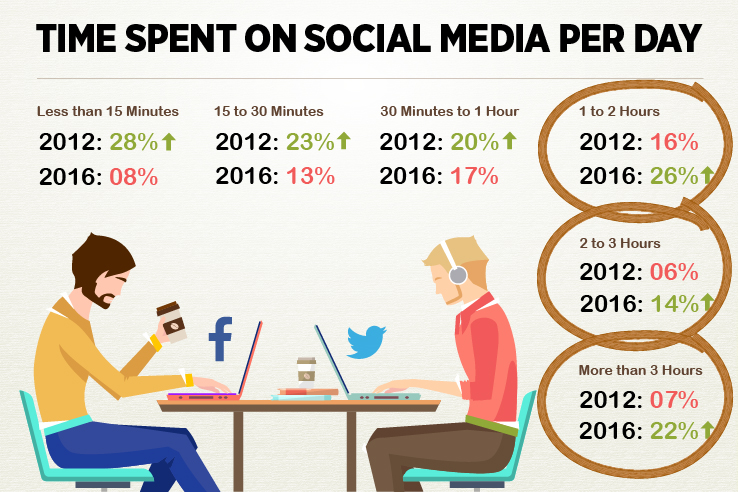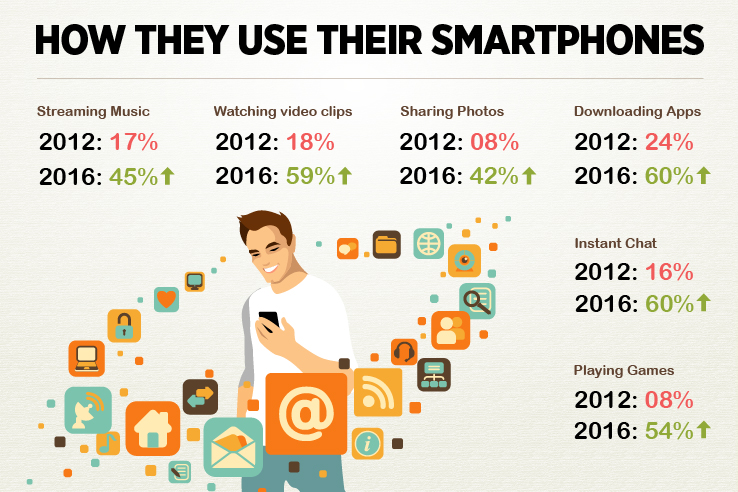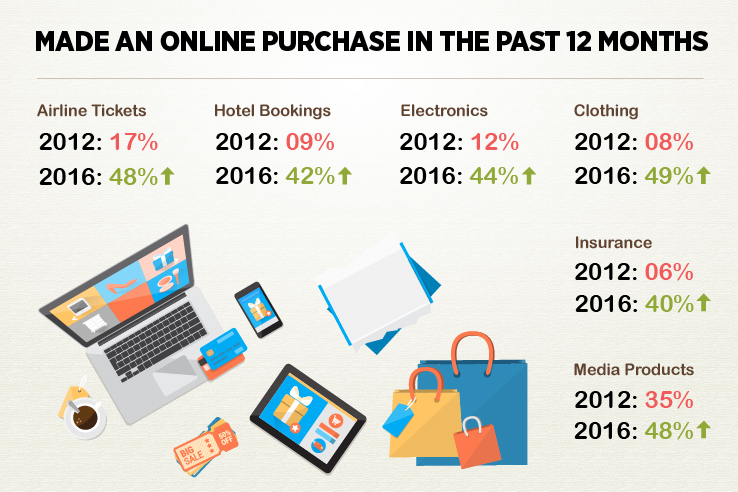Everyone thinks about a booze when it comes to Chinese New Year-related parties (especially eve of Chinese New Year) but the main Chinese dishes should not be disregarded. It is often an exhausting process just to think through what to cook, where to buy the ingredients and how to present them. Pacific West is here to introduce their range of frozen goods, which can be transformed into delectable Chinese New Year delicacies that go well with the cheers. It is a typical perception that the brand sells frozen foods and would be the last resort for many, never would a sane person think of using their products as Chinese New Year dishes; so let us see what Pacific West has in store to surprise you when the Year of Monkey is knocking the door.
About Pacific West:
Pacific West is a renowned seafood brand name from its inception in
Australia in the 1990's and has since expanded its reach to millions across the globe. Their products have been served in major international arena such as Sydney Olympic Games, Wimbledon Tennis
Tournaments and the recent Manchester United Football Club. Pacific West's range of products are meticulously crafted and designed to provide customers with values like:
- Convenience- Ready prepared and easy to cook.
- Innovation- Continuous creations of new products and offerings.
- Quality- Premium Seafood that comply to the international food safety and process standards.
Pacific West products are available at all major and independent retail outlets in Malaysia (some of the big names include Cold Storage, Sam's Groceria, AEON, Tesco, Giant, Sunshine, Village Grocer etc). For
more information, please contact Pacific West care line at 1800-88-389 or visit
Pacific West Facebook Page.
Address: 4402, Jalan Chain Ferry, 12100, Butterworth, Penang.
Contact Number: 604- 331 7788
Email: enquiry@pacificwestfoods.com.my
Many Thanks to Pacific West and Hakka Village for hosting us that afternoon.
If you are throwing a celebratory party for Chinese New Year this year and looking forward to serve some simple but deliciousCanapes or Hors D'oeuvre, be sure to check out Pacific West's ideas. Below are some of the ideas created by Chef Leong. The fact that Pacific West had the key ingredients ready, it makes the arduous preparation process a lot easier.
Puff Pastry filled with Mushrooms and Egg Pate served with Wiggy Cornflake Fish
Petite Ratatouille Corn Tortilla with Popcorn Fish
Hummus on Pita Bread with Tempura Calamari Ring
Tomato Salsa on Spoons with Dusted Baby Squid
We were certainly more than delighted to see all these petite but expertly-presented Canapes. We thought they make a great idea for celebratory parties or any cocktail sessions, in which some of them can be easily prepared. Tomato Salsa on Spoons with Dusted Baby Squid was refreshing, we love the marriage between the tangy fruity element but a pity that the Baby Squid turned soggy. It would be fantastic if they were as crispy as they were meant to be.
Tempura Prawn Prosperity Toss
Pacific West takes on the quintessential Chinese New Year dish- Lou Sang with panache, under the supervision of Pacific West's Development Chef- Chef Leong, the culinary team (of Pacific West) had managed to craft out a very innovative Lou Sang dish that is completely different as compared to the conventional ingredients. Pacific West's Tempura Prawn Prosperity Toss sees ingredients like julienned Cucumber, Radish, Carrots, Cilantro, Torch Ginger, pickled Nutmeg, peeled Mandarin Oranges, Pomelo, crispy Pacific West Tempura Prawns and nutty condiments like Peanuts; drenched over their home-made dressing (consists of Chinese Plum Sauce, Lime Juice, Olive Oil, Sugar etc). The concoction was refreshing, bursting with the juice of greens. The addition of Torch Ginger and Cilantro was brilliant, the dish packs a herbaceous punch and most saliva-inducing (a result from the acerbic dressing). An excellent dish to kick start the year of Monkey.


Crab Meat Lettuce Cups with Pacific West Salt and Pepper Squid
Golden Nestum Pacific West Tempura Prawns
Chef Leong makes everything so presentable and elegant, Crab Meat Lettuce Cups with Pacific West Salt and Pepper Squid was one of the dishes with the most promising presentation. We love the combination- the green provided the juicy crunch while the Crab Meat introduced a sleek seafood-sweetness to the dish and of course, the Squid gives the flavor and the resilient bite. I'd personally prefer it with a tangy and zesty touch... like a light touch of Lime or Lemon juice would be great. Golden Nestum Pacific West Tempura Prawns on the other hand, did not shine. The Nestum flavor did not stand out and the dish was over-seasoned. With the same product (Tempura Prawns), the Prosperity Toss-dish has a slightly better edge over Golden Nestum.
Kung Pao Pacific West Salt and Pepper Squids
Nyonya Style Pacific West Tempura Fish Cocktails
The feast continues with Nyonya Style Pacific West Tempura Fish Cocktails and Kung Pao Pacific West Salt and Pepper Squids; the first dish was perfect to spoon over rice, a pity that the Fish was no longer in crisp but the sweet and sour sauce was most appetizing. It shared some similar characteristics as the intimate Chinese dish- Sweet and Sour Fish but the fact that the Fish was well-taken care of (you need not slice the fish and marinate the meat), cooking the dish is simplified and it saves a lot of time. The Kung Pao Pacific West Salt and Pepper Squids were a tad too salty to our liking but it was perfectly alright to enjoy together with the Yam (Yam Boat).
Hakka Abacus Beads
Hakka Lei Cha
Hakka Plum Sauce Duck
Hakka Village was put in charge for the next 5 dishes, the place is well-known for its signature Hakka dishes (often served in Pork) but the event was a pork-free event so no pork was served. Hakka Lei Cha was first served... in tasting portion. It has the quintessential nutty-crunchy elements like Peanuts, Long Beans, Pickled Radish; served with the seemingly bitter Green-Vege soup. The vegetal flavor however, was not obvious. The soup was reasonably seasoned and paired well with the ingredients; the concoction was toothsome and delicious. The Hakka Abacus was good either, though not as overwhelming as I would have hoped (absence of Pork and Lards). Another dish that took the center spotlight would be their Hakka Salt-Baked Chicken, though veering towards the salty side; the Chicken was tender and possessed the alluring Chicken-meaty aroma. It is a dish that one could easily munch down a few bowls of Rice.






Hakka Village is located at a mountain top at Pulau Betong, Balik Pulau (300 meters above Sea Level) and is a place designed for recreation (team building), preservation of Hakka culture and a place to enjoy mouth-watering and authentic Hakka dishes. If you keen to try their Hakka dishes, one person is priced at Rm 90 nett (with a group of minimum 10 person) and
the packageincludes a tour at Balik Pulau/ Hakka Village area (approximately 4 hours) and is strictly available for
Lunch only. Hakka Village is open everyday but ONE-day advance reservation is required to secure a booking. For more information, kindly visit their
Facebook Page.
Additional Information about Hakka Village (客家山寨):
Non-Halal
Address: 61, Jalan Bukit Kebun Kha, Pulau Betong, MK 7, 11020, Balik Pulau, Penang.
Contact Number: 604- 282 9667
Direction: From Balik Pulau New Market, drive to Jalan Balik Pulau (via old market) and head straight to Pulau Betong Fish Village, drive for 3 km and you will find a Mosque on your right, turn to the road on the opposite and drive for another 1 km. Find a place to park nearby and contact Hakka Village. A special chauffeur will be arranged to pick you up as private cars are not allowed to enter the vicinity. A kind reminder, one day advance reservation is required.
